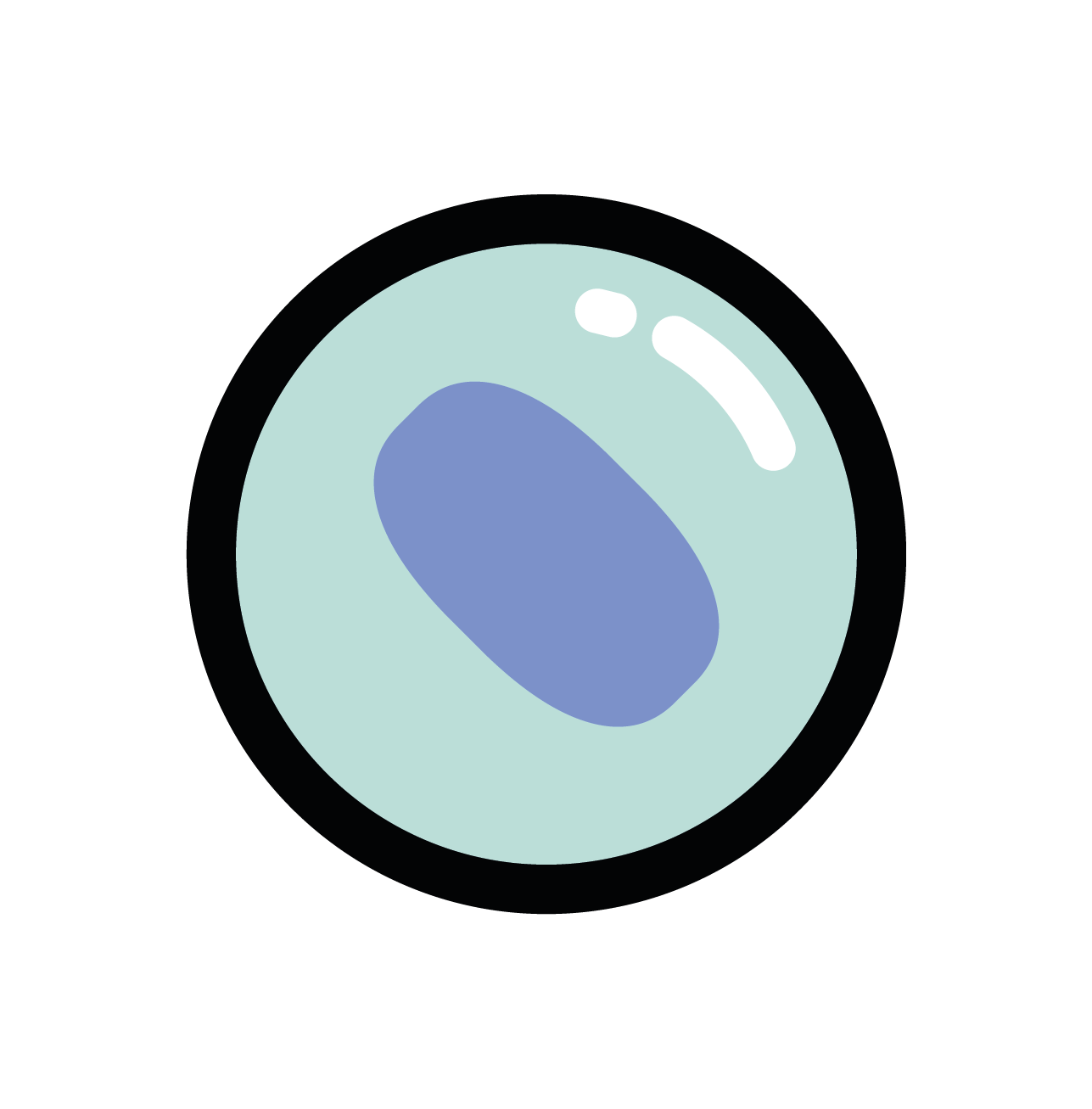
Vacinnes
RECOMMENDED VACCINES FOR CHILDREN UNDER 2 YEARS
BCG Vaccine
The BCG vaccine (Bacillus de Calmette-Guérin) is indicated to protect the individual from complications and severe forms of tuberculosis caused by Mycobacterium tuberculosis (the widespread miliary and meningitis). This vaccine is composed of live attenuated bacteria and the administration is intradermal. The recommended vaccination schedule is a single dose at birth.

Haemophilus Vaccine
It is a vaccine that gives immunity to various diseases caused by the bacteria Haemophilus influenzae type B (HiB), which mainly affects children under 5 years of age. The most serious diseases caused by this bacterium are: pneumonia, infections of the upper airways such as epiglottitis, sinusitis and otitis, generalized infection in the bloodstream and meningitis. The vaccine is inactivated, composed of molecules (oligosaccharides) of the HiB bacterium capsule conjugated to a protein, and administered intramuscularly. The basic scheme with three doses at 2, 4 and 6 months of age is recommended. It is present in the Pentavalent vaccine in the National Health System (SUS), Hexavalent and inactivated Pentavalent (in the private health system).

Hepatitis B Vaccine
The vaccine against Hepatitis B prevents inflammation in the liver, hepatitis, caused by the B virus. It is an inactivated vaccine produced by genetic engineering composed of the recombinant surface antigen of the purified B virus and it is administered intramuscularly. It is found in SUS and in the private health system. The National Immunization Program (PNI), aiming to protect from vertical transmission (infection from mother to fetus), currently recommends four doses, at birth, 2, 4 and 6 months of age. It is found in isolated form and in the vaccines Pentavalente (in SUS), Hexavalente and Hepatitis A / B vaccine (in the private health system).
Diphtheria-Tetanus-Pertussis Vaccine
The vaccine also known as DTP or triple bacterial protects against diseases caused by bacteria that cause diphtheria, tetanus and whooping cough. Diphtheria is a disease caused by the bacteria Corynebacterium diphtheriae which leads to acute pharyngeal infection and can complicate with cardiac and neurological conditions if the diphtheria toxin has been released. Tetanus is caused by the bacteria Clostridium tetani which reproduces in the absence of oxygen and produces a toxin that can generate neonatal tetanus, contamination of the newborn’s umbilical stump, and serious complications and death from contaminated wounds. Whooping cough, also known as long cough, is caused by Bordetella pertussis, which generates a prolonged cough picture in three stages: catarrhal phase, dry cough phase and convalescence phase. It is potentially serious in children under six months unvaccinated. DPT is an inactivated vaccine, composed of purified diphtheria and tetanus toxoids and inactivated suspension of Bordetella pertussis. It is administered intramuscularly and indicated for the vaccination of children under 7 years of age, having as a recommendation the basic scheme of three doses at 2, 4 and 6 months of age, and two booster doses, at 15 months and 4 years old. It is present in the Pentavalente vaccine (in SUS) with the cell Pertussis component; and with the acellular version in DPTa vaccines (present in the Reference Centers for Special Immunobiologicals - CRIE - from SUS), Hexavalent and Pentavalent inactivated (in the private health system).
Poliovirus Vaccine
The vaccine protects against polio, a highly transmissible disease that causes childhood paralysis. There are two vaccines: the inactivated polio vaccine (VIP), produced with inactivated poliovirus serotypes 1, 2 and 3, for intramuscular administration and the oral polio vaccine (OPV), a bivalent vaccine composed of the attenuated live virus 1 and 3 serotypes, administered orally. The National Immunization Program recommends vaccinating the basic regimen with three doses of VIP, at 2, 4 and 6 months of age, and two boosters with OPV, at 15 months and 4 years of age. VIP is available separately in SUS and is present in Hexavalente and Pentavalente inactivated (in the private health system).
Meningococcus C Vaccine
The vaccine is indicated for the prevention of systemic disease caused by Neisseria meningitidis serogroup C, such as generalized bloodstream infection, meningitis and meningococcemia. It is an inactivated vaccine composed of purified molecules (polysaccharides) from the Neisseria meningitidis serogroup C protein-conjugated and is intramuscularly administered. The National Immunization Program recommends two doses of the basic regimen, at 3 and 5 months of age, and a booster dose at 12 months. It is available in SUS and in the ACWY meningococcal conjugate vaccine (in the private health system).
Pneumococcal Vaccine
It is indicated to prevent invasive infections (sepsis, meningitis, and bacteremia) and respiratory tract infections such as otitis, sinusitis, and pneumonia caused by Streptococcus pneumoniae (also known as pneumococcus). The vaccine is inactivated and composed of molecules (polysaccharide) of the pneumococcal serotype capsule, conjugated to a protein. The administration is intramuscular. The National Immunization Program recommends two doses in the basic regimen, at 2 and 4 months, and a booster dose, at 12 months of age. There are two vaccines, the pneumococcal conjugate vaccine 10 valent (in SUS) and the pneumococcal conjugate vaccine 13 valent (in the private system).
Rotavirus Vaccine
The vaccine protects against acute diarrheal disease caused by rotavirus and severe diarrhea in infants and children under five years of age. The vaccine is administered orally and consists of live attenuated virus. The National Immunization Program recommends two doses at 2 and 4 months of age. There are two vaccines, the monovalent oral vaccine (available in SUS) and the pentavalent oral vaccine (in the private health system where the scheme is three doses, at 2, 4 and 6 months).
Mumps-Measles-Rubella Vaccine
The measles-mumps-rubella vaccine (MMR), also known as triple viral, protects against diseases by three highly transmissible viruses. Measles is an acute febrile illness that causes skin damage and can lead to complications such as pneumonia, encephalitis and death. Mumps is a disease that causes fever and painful swelling of the salivary glands and can complicate with testicular involvement and viral meningitis. Rubella is a disease that causes low-grade fever, swollen lymph nodes behind the neck and ear, and skin lesions. In pregnant women, the disease can affect the fetus and cause miscarriage or malformation due to the so-called congenital rubella syndrome (which can lead to auditory, visual, neurological and cardiac involvement of the fetus). The MMR vaccine is a live attenuated virus and it is administered subcutaneously. Two doses are recommended, at 12 and 15 months of age. It is available as an MMR vaccine (first dose) and comprises the tetraviral vaccine (second dose) both in SUS and the quadruple viral vaccine (in the private health system).
Chickenpox Vaccine
Protects against chickenpox, caused by the varicella-zoster virus. It is highly transmissible, characterized by itchy lesions on the body, common in the child age group and may present more intense symptoms in adults. The vaccine is a live attenuated virus and the route of administration is subcutaneous. The National Immunization Program recommends two doses, the first at 15 months and the second at 4 years of age. It is available in isolated form and in conjunction with MMR, called tetraviral (in SUS) and viral quadruple (in the private system).

Hepatitis A Vaccine
The hepatitis A vaccine is indicated for the prevention of hepatitis, an inflammation of the liver caused by the virus A. It is an inactivated vaccine containing the hepatitis A virus antigen and it is administered intramuscularly. The National Immunization Program recommends a dose at 15 months of age. It is found in isolated form (in SUS). In the private health system, with an indication of two doses in an interval of 6 months between them, it is available in isolated form and in the Hepatitis A / B vaccine.
The Vaccine Observatory studies routine vaccines indicated for children under two years of age (except flu and yellow fever), considering the recommendations of the National Immunization Schedule of the National Immunization Program of the Ministry of Health.
Other sources of reliable vaccination information:
- Ministry of Health of Brazil
- https://saude.gov.br/
- São Paulo State Epidemiological Surveillance Center
- http://www.saude.sp.gov.br/cve-centro-de-vigilancia-epidemiologica-prof.-alexandre-vranjac/
- Brazilian Society of Immunizations
- https://sbim.org.br/
- Pan American Health Organization
- https://www.paho.org/bra/
- World Health Organization
- https://www.who.int/





